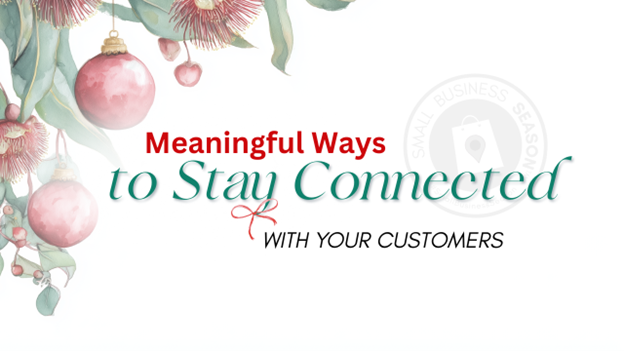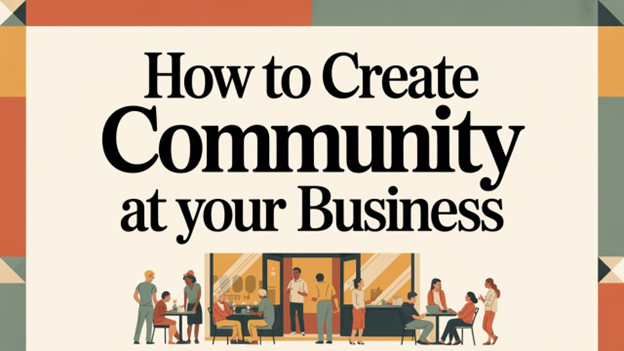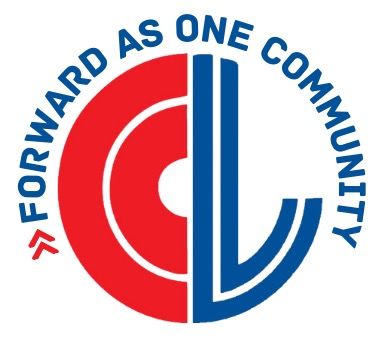15 Respectful Ways to Honor Vets on Veterans Day (and Year-Round)
Veterans Day is Monday, November 11th, and it is the ideal time to express thanks to those who have protected our freedoms and way of life.
While you don’t have much time to pull it all together, honoring Veterans Day in a meaningful, non-commercial way can strengthen connections between your business and the community while showing genuine appreciation for veterans' service.
And you don’t have to stop there. You can extend the relationship year-round.
Honoring Veterans on Veteran’s Day
Veterans Day is similar to Valentine’s Day or Mother’s Day in the way that it serves to remind us to thank those whose efforts go unrecognized. If you remember veterans throughout the year, you may not need the reminder of Veterans Day. But for many of us, it provides time to think about and appreciate their service.
Here are a few ways to honor them:
1. Host a Community Event: Organize a gathering at your business exclusively for veterans, such as a coffee hour or small reception. Offer complimentary refreshments and a quiet space for conversation. Create a welcoming environment for veterans and build a sense of community without a sales focus.
2. Share Their Stories: Dedicate a space in your store or on your social media channels to highlight veterans' stories. Encourage local veterans or their families to share their experiences, with permission, or partner with a local veterans' organization to collect inspiring stories. It’s a way to honor their service while educating and inspiring others.
3. Offer a Day of Service: Instead of focusing on promotions, close your business for a day (or a few hours) to volunteer with a local veterans' organization. Invite staff and customers to join you or make it a company-wide service day to give back to the community and show your appreciation in action.
4. Support a Veterans' Cause: Donate a portion of Veterans Day sales, or better yet, directly donate to a local or national veterans' charity without tying it to purchases. Display information about the cause in your store so customers understand why you’re supporting it.
5. Hold a Flag Ceremony or Moment of Silence: Start the day by inviting the community to join you for a flag-raising ceremony or a moment of silence. It’s a respectful way to honor veterans without any commercial agenda. Remember Veterans Day honors the living, while Memorial Day honors those who have passed.
6. Sponsor or Collaborate on a Veteran-Led Workshop or Talk: If you know veterans with skills they’d like to share (like woodworking, cooking, fitness, etc.), invite them to host a workshop at your business. It allows veterans to showcase their expertise and gives the community a chance to learn from them.
Make Veterans Day Everyday
There are other ways to honor and appreciate veterans year-round such as:
· Hiring a vet or a military spouse
· Offer flexible work arrangements and work-from-home options (so military spouses can continue to work for you even if their family is relocated)
· Providing discounts for veterans and active military
· Sponsor a veteran’s family
· Highlighting your employees who have served
· Support vets in a way that fits in with your business and mission (for instance, if you own a bookstore, carry a vet’s book)
· Be open to seeing the correlations between the work they did in the military and how that might fit your employ (for instance, they may not have direct customer service experience, but they’re used to delivering difficult messages)
· Partner (or work) with veteran-owned businesses
· Welcome new military families into the area; after all, they’ll be veterans someday
-------
Christina Metcalf is a writer and speaker who believes in the power of story. She works with small businesses, chambers of commerce, and business professionals who want to make an impression and grow a loyal customer/member base. Her latest book The Glinda Principle is due out at the end of November.
_______________________________________
Medium: @christinametcalf
Facebook: @tellyourstorygetemtalking
Instagram: @christinametcalfauthor
LinkedIn: @christinagsmith




